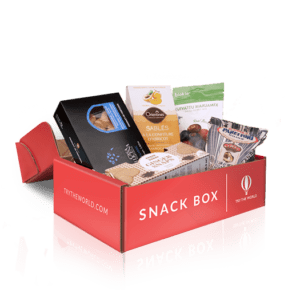Home » How to Optimize Your Packaging in Delivery Trucks Using CAPE Software
How to Optimize Your Packaging in Delivery Trucks Using CAPE Software

In today’s fast-paced world, the logistics industry plays a crucial role in ensuring that products are delivered to customers in a timely and cost-effective manner. One of the primary challenges faced by logistics companies is optimizing delivery trucks to carry as many products as possible while minimizing transportation costs. The use of pallets filled with packaging products is a popular method of optimizing delivery trucks, and with the help of CAPE (Computer-Aided Packaging Engineering) software, this process can be even more effective and efficient.
What are Pallets?
Pallets are flat structures made of wood, plastic, or metal that are used to transport goods. They provide a stable base for the goods being transported, reducing the risk of damage during transportation. Pallets come in different sizes, but the most common size is 48×40 inches.
Packaging Products
Packaging products are materials used to protect and secure goods during transportation, such as corrugated boxes, stretch film, corner protectors, and cushioning materials like bubble wrap. They come in different sizes and shapes to fit different types of goods.
Optimizing Delivery Trucks with Pallets Filled with Packaging Products Using CAPE Software
CAPE software is a valuable tool for optimizing the use of pallets filled with packaging products in delivery trucks. It enables logistics companies to streamline their packaging processes and maximize the efficiency of their truck loading operations. Here’s how to optimize your packaging in delivery trucks using CAPE software:
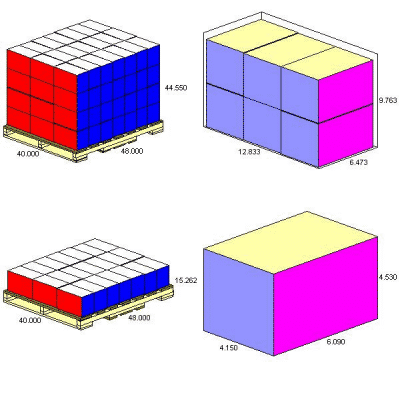
Step 1: Choose the Right Pallets
With CAPE software, you can input the dimensions and weight of your goods, and it will help you determine the appropriate pallet size and type. The software takes into account factors such as load-bearing capacity and compatibility with handling equipment. It ensures that you choose the right pallets to safely and efficiently transport your goods.
Step 2: Choose the Right Packaging Products
CAPE software allows you to simulate different packaging scenarios and assess the impact on space utilization and product protection. It helps you select the most suitable packaging products for your goods, considering factors such as fragility, weight, and size. By using the software, you can make informed decisions about the types and quantities of packaging products required to secure your goods effectively.
Step 3: Pack the Goods Efficiently
CAPE software provides virtual packing simulations, allowing you to visualize how your goods will fit onto the pallets. It helps you optimize the arrangement of products, ensuring efficient use of space and minimizing the risk of damage during transportation. The software considers the shape, dimensions, and weight distribution of the goods, helping you pack them in the most space-efficient and secure manner.
Step 4: Load the Pallets onto the Delivery Truck
CAPE software assists in determining the most efficient loading sequence for pallets onto the delivery truck. It takes into account factors such as weight distribution, stability, and accessibility. By following the loading instructions provided by the software, you can ensure that the pallets are loaded safely and securely, maximizing the use of available space within the truck.
Step 5: Optimize Routing and Consolidation
CAPE software can also assist in optimizing routing and consolidation strategies. By considering factors such as delivery destinations, weight distribution, and delivery schedules, the software helps logistics companies make informed decisions about the most efficient routes and consolidation options. This reduces the number of trips required and maximizes the utilization of delivery trucks, resulting in cost savings and reduced carbon footprint.
By incorporating CAPE software into your packaging optimization process, you can enhance the efficiency, accuracy, and sustainability of your delivery truck operations. The software enables you to make data-driven decisions, leading to improved space utilization, reduced transportation costs, and minimized environmental impact.
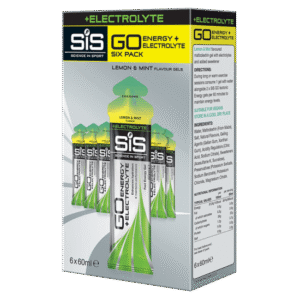
Leveraging Expertise for Successful CAPE Software Implementation
Implementing CAPE software requires expertise and support, so consult with professionals experienced in CAPE software implementation. These experts can provide guidance on utilizing the software effectively and optimizing your packaging in delivery trucks.
Additionally, consider partnering with packaging solution providers who have expertise in optimizing delivery truck logistics. They can offer insights on best practices, recommend suitable packaging materials, and assist in the implementation of CAPE software.
Through their expertise, they can help you:
- Analyze and Evaluate: Experienced professionals can assess your current packaging and delivery processes, identifying areas for improvement. They can analyze factors such as product dimensions, weight, fragility, and transportation requirements to determine the optimal packaging solution.
- CAPE Software Integration: Professionals skilled in CAPE software can guide you through its integration into your packaging optimization workflow. They will assist in data input, simulations, and analysis to achieve the best results in terms of space utilization, load stability, and product protection.
- Packaging Material Selection: Partnering with packaging experts ensures that you choose the right materials for your specific goods. They can recommend packaging products such as corrugated boxes, stretch film, corner protectors, and cushioning materials that align with your requirements and maximize protection during transportation.
- Efficient Packing Strategies: Professionals can provide insights and strategies for efficient packing, considering factors like weight distribution, stacking arrangements, and load stability. This ensures that you maximize the available space on pallets and minimize the risk of damage during transit.
- Continuous Improvement: Collaboration with experts in packaging optimization and CAPE software allows for ongoing evaluation and improvement. They can help you analyze data, identify areas for further optimization, and refine your packaging processes over time.
If you are interested in optimizing your packaging in delivery trucks with CAPE, then partner with Brown Packaging today to get started.
During the holiday season, packaging does more than protect—it directly influences how recipients perceive the gift inside. For e-commerce buyers, the right packaging design can
Holiday e-commerce packaging carries two expectations: delivering a memorable unboxing experience and meeting sustainability standards. Shoppers want festive branding, but they also expect recyclability and
Holiday e-commerce volumes can overwhelm manual packing operations. Automation offers a scalable way to meet peak demand while maintaining accuracy, speed, and consistency. For packaging
Point-of-purchase (POP) displays do more than attract shoppers—they must also survive the complexities of modern supply chains. From manufacturing and warehousing to transportation and in-store
Holiday returns cost retailers billions each year, with packaging failures being a major driver. Damaged goods, oversized boxes, and poor protection lead to dissatisfied customers
Unboxing has become a core part of the e-commerce experience, especially during the holidays. Seasonal packaging creates anticipation, reinforces branding, and turns customer deliveries into
Home » How to Optimize Your Packaging in Delivery Trucks Using CAPE Software

When you unwrap that eagerly awaited online order, or when the supermarket shipments arrive, corrugated boxes are almost always involved. With the increase in e-commerce
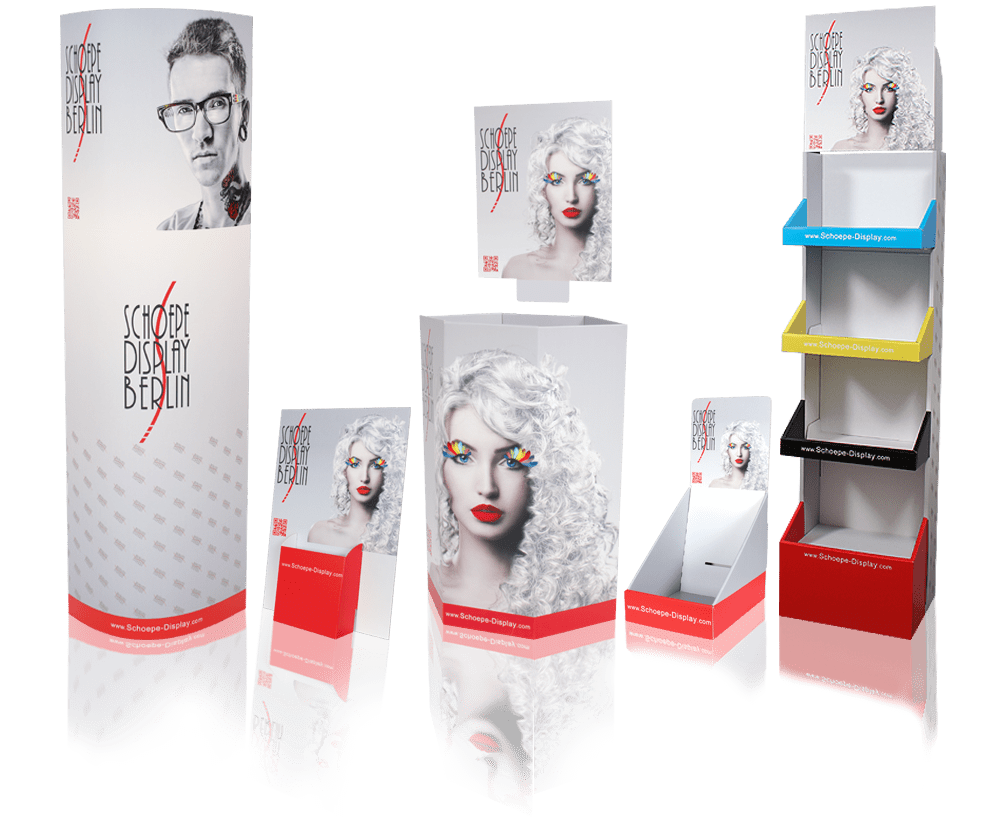
In the dynamic realm of retail, crafting the perfect display goes beyond just showcasing products – it’s about sparking customer interest, driving sales, and making
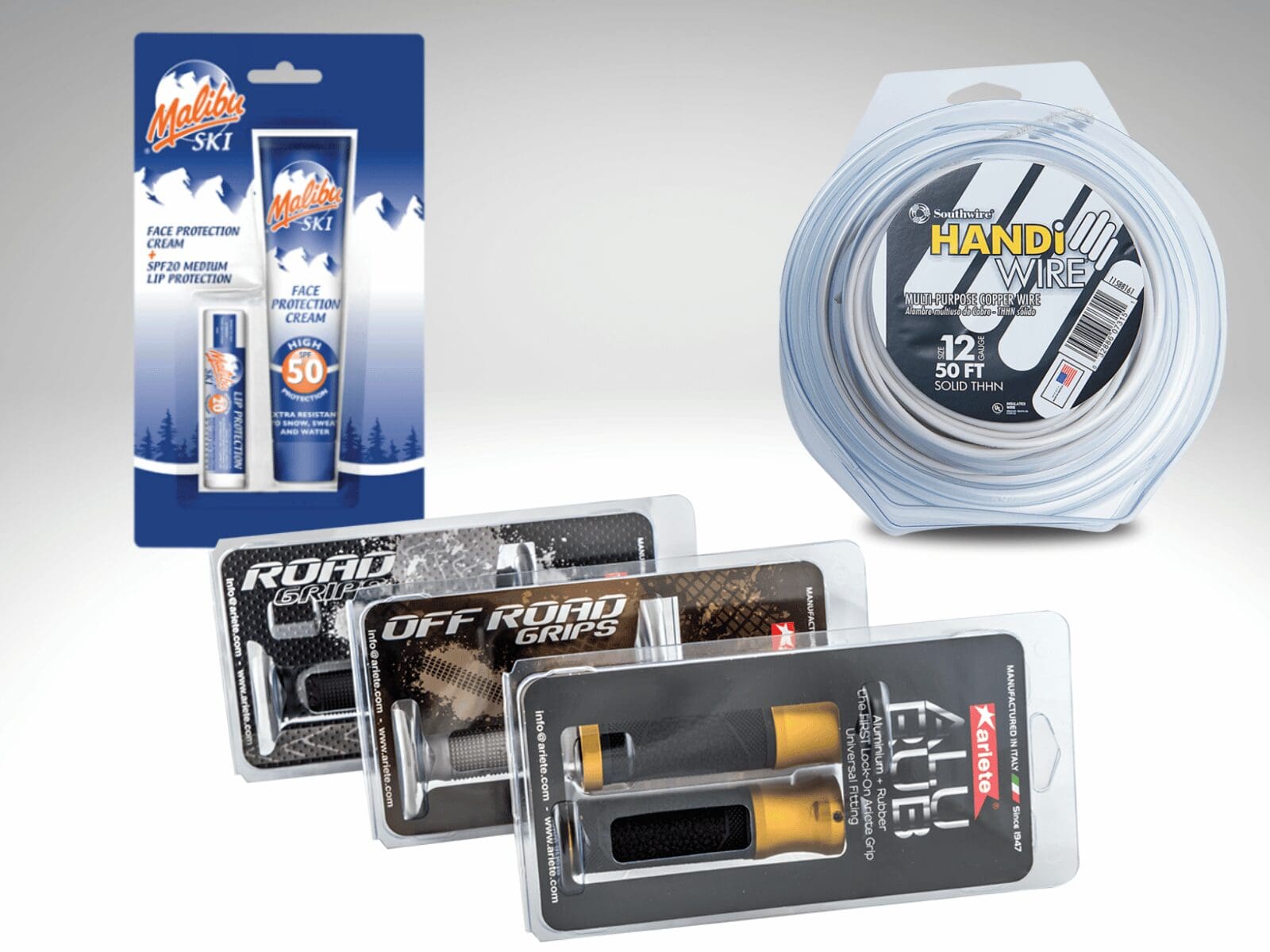
When it comes to product packaging, choosing between blister packaging and clamshell packaging can often be confusing, as they both originate from the thermoforming process


